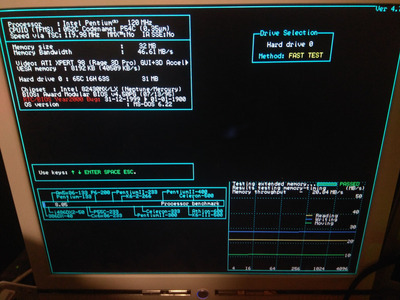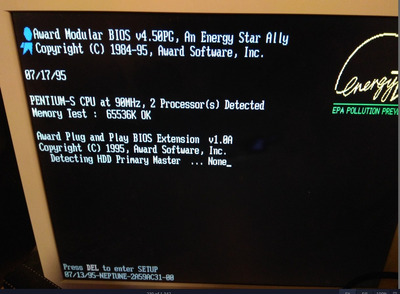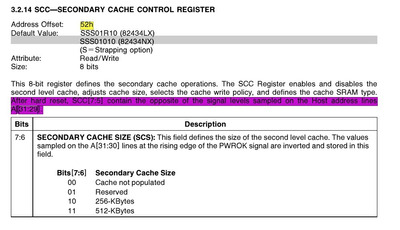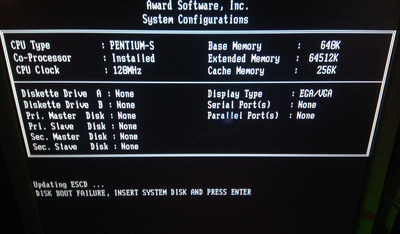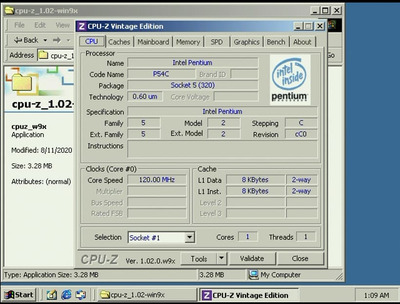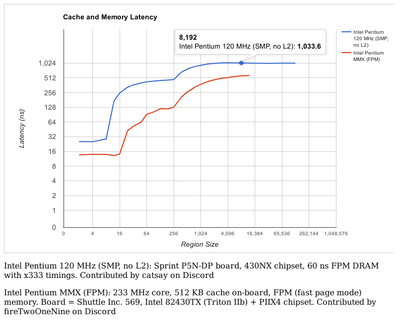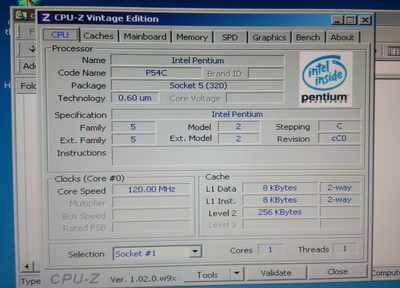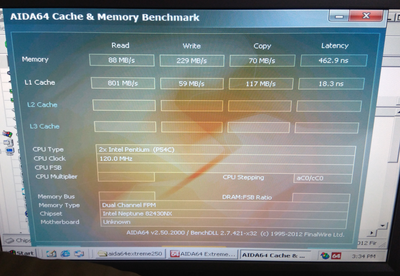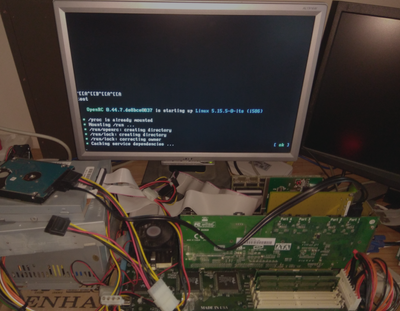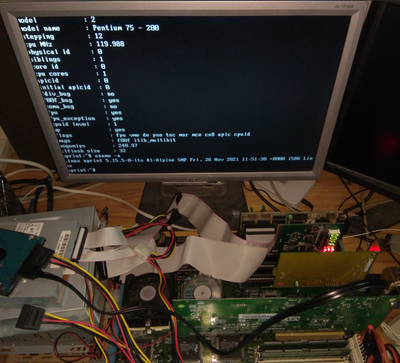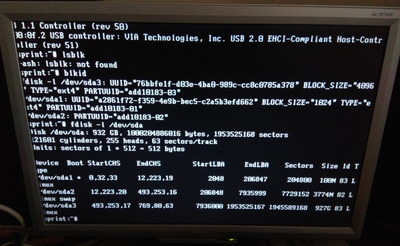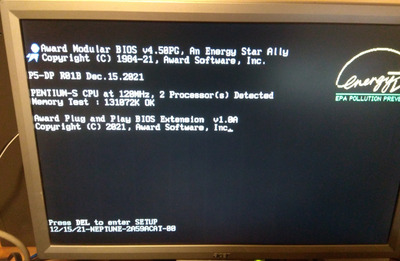First post, by 0xCats
So this will be a relatively straight forward post.
I'm searching for a bios for a rather rare board, and I'm hoping one of you here maybe also has this board and is able to dump the contents of the BIOS chip.
https://theretroweb.com/hardware/motherboards … ion-mb-p5n-dpv3
The board is 430NX chipset based and supports two Socket 5 Pentium processors.
As far as we (Ultimate Hardware 2019) know it is made by Sprint Manufacturing Corporation sometime in 1994.
http://www.win3x.org/uh19/motherboard/show/4725
I have recently restored this board and gotten it running again (sort of) the original bios is corrupted and through a lot of bios hacking I have managed to get the BIOS of the Chaintech 5IDL0 working on this board. This BIOS however is also partly not suited to this board, it does not setup the internal or external caches, among many other things, it also cannot read any of the GPIO board jumper pins and as a result of various quirks runs absolutely terrifyingly slow. In addition PCI/IDE setup is a mess and it will not boot those either. Only thing I have managed to boot is PXE network devices. But there also things like iSCSI fail too due to complex reasons with how award bios handles disk boot and iscsi.
The BIOS version 0208 of the Asus P4P54NP4D also works but PCI and LBX setup fails, and ISA video cards are also not initialized, yet I can tell that the board is actually running since it will attempted to boot disks and shows the relevant post codes.
Originally the Sprint board came with an AMI Core bios dated 10/10/94.
Here is a link to the bad one:
https://theretroweb.com/uploads/mobos/sprint- … 01bx-tdip32.bin
Here is a picture of this rare board and it actually running to some extent.
I hope someone can help, if they have a such a board or even a dual socket 5 that looks similar enough if you could read the bios contents out and send them to me.
Thank you
The Cyber Cat
There are two types of devices, those that know they've been hacked and those that don't yet know they're going to be hacked.
